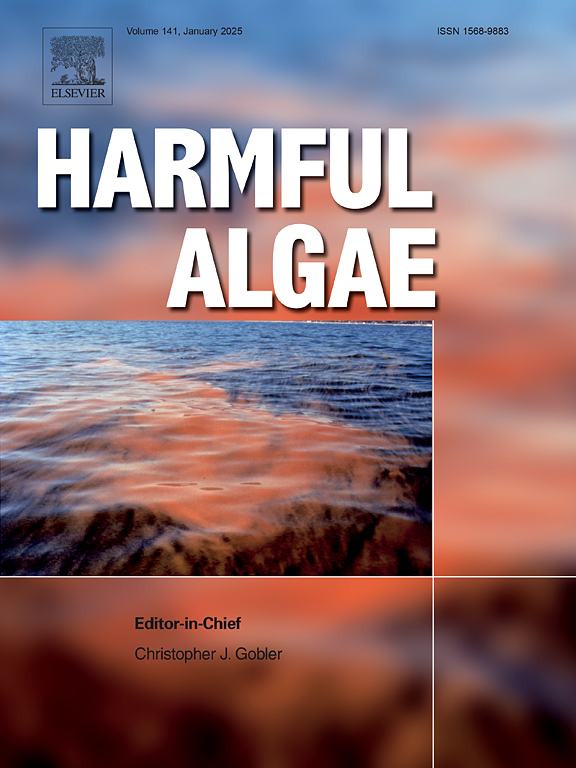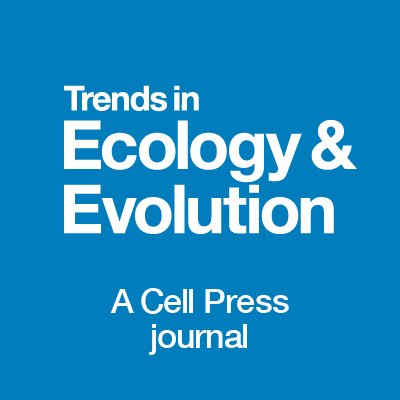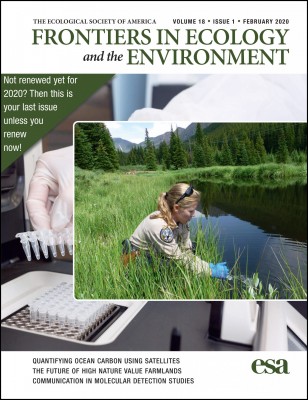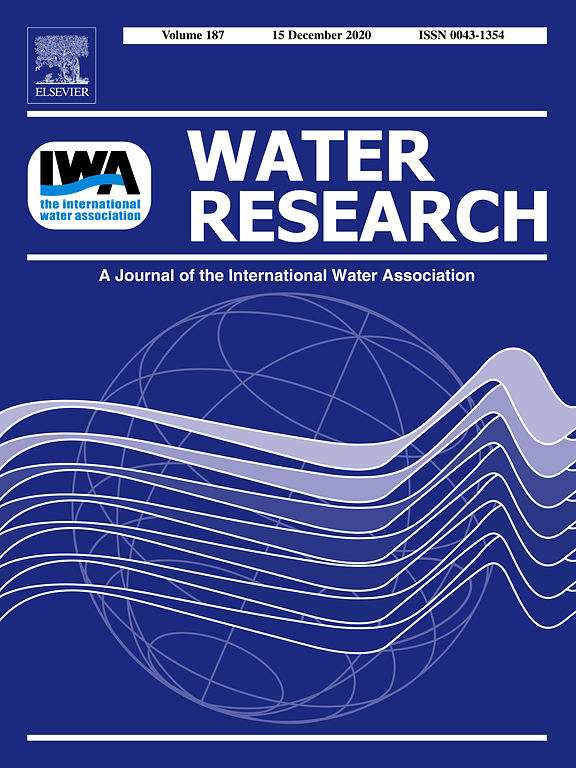- Programme area:1) Biodiversity in a Changing World
Human activities shape global patterns of decomposition rates in rivers

Inland navigation and land use interact to impact European freshwater biodiversity
Using a comprehensive set of long-term data, the authors show that shipping has contributed to a significant loss of biodiversity of fish and macroinvertebrates in European rivers in recent decades – and that the animal communities are becoming increasingly homogeneous and river-typical species are being lost. Invasive species, on the other hand, are significantly increasing.
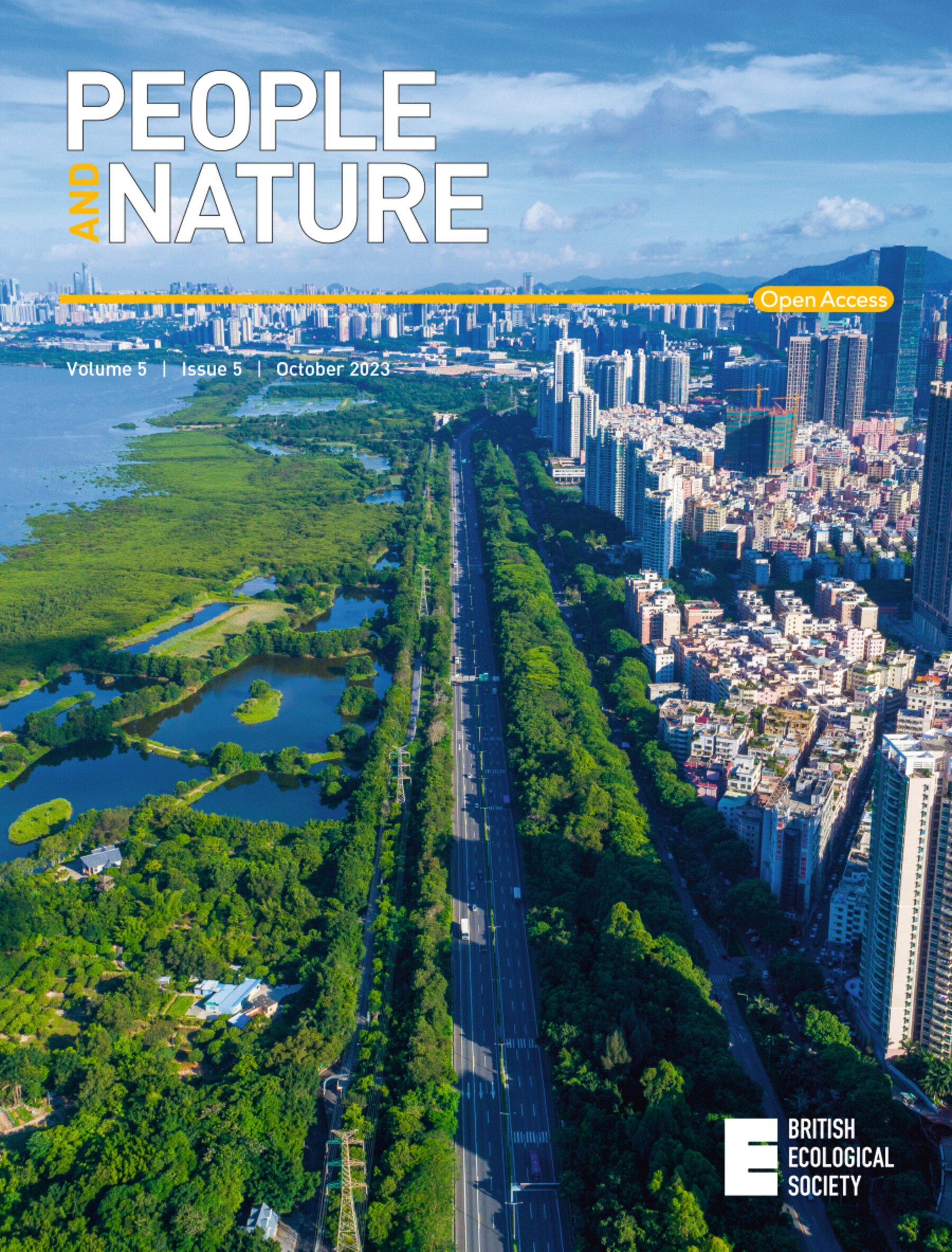
The potential of citizen science to transform science: Lessons for a sustainable future
The authors analysed 8 citizen science projects within Accelerator Programme of the EU H2020 funded ACTION project that deal with environmental pollution. Citizen science involves the public in the scientific process, making research more relevant and responsive. Our findings show that this can lead to a more sustainable future, where science and society work together to solve pressing problems.
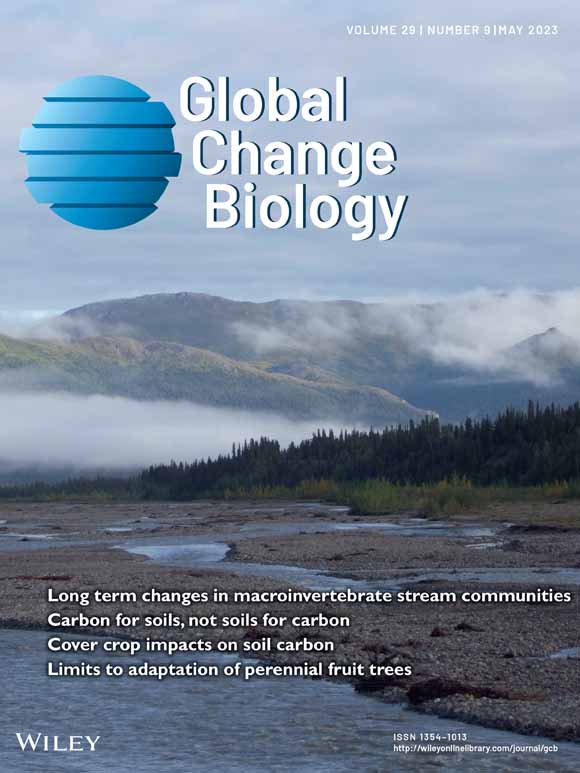
Global introductions and environmental impacts of freshwater megafish
The authors investigated the introductions of freshwater megafish on a global scale and assessed their environmental impacts. Of the 134 extant freshwater megafish species, 46% have been introduced to new environments, and of these, 69% have established self-sustaining alien populations and posed negative impacts on native species through nine different mechanisms.
Flagship events and biodiversity conservation
While flagship species are a highly effective approach in conservation, this article proposes the distinct but complementary concept of flagship events: natural or anthropogenic occurrences that attract public attention. Flagship events have high potential value for biodiversity conservation by engaging people with wildlife and helping to garner support for conservation efforts.
A scenario-guided strategy for the future management of biological invasions
The study used a scenario-based approach to explore management options for invasive species in Europe. During two workshops involving a multidisciplinary team of experts, a management strategy arranged into 19 goals relating to policy, research, public awareness, and biosecurity was developed considering different future scenarios of biological invasions.
Unlocking the potential of bacterioplankton-mediated microcystin degradation and removal: A bibliometric analysis of sustainable water treatment strategies
Evaluating microcystinase A-based approach on microcystins degradation during harvested cyanobacterial blooms
